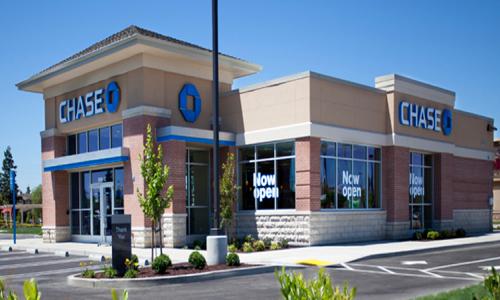This is the first in an ongoing series to highlight the fastest growing banks from around the country. Why do this? Day after day the media focuses on the problems the big banks are having, but there are many small and community-based banks that are doing well and growing quickly. In the future, these may be the banks that provide you with your next mortgage, or business loan, or credit card. The doors of these banks are open and they are looking for qualified customers and are eager to expand.
Today, I'm going to start in my home state of Massachusetts. After crunching FDIC data, the fastest growing bank in the state is the Bank of Cape Cod, which saw its assets balloon from $22 million in 2006 to $150 million in 2011, a 581% increase. The bank is located in Hyannis, MA with a branch in Osterville, MA, and a third branch to open in Falmouth sometime in May. To learn more about how the bank grew so quickly, I spoke to the bank's President and CEO, Timothy Telman.
Tim stated that being a new bank, having been founded in 2006, was a big advantage. First, growth is naturally going to look large coming off a small base. But beyond that, a bank founded in the latter half of the last decade largely avoided a lot of the mortgage problems of its peers. The bank has no legacy issues and bad loans to distract it from growth and can stay nimble and move quickly.
In his opinion, the characteristics that have contributed to the bank's fast growth include an "entrepreneurial and dynamic culture, and a sales driven organization." He said the bank views itself like any other small business that must scrap to get ahead.
On the lending side, the Bank of Cape Cod is a niche player, focused mainly on commercial and industrial lending and franchise lending on Cape Cod. They do a minor amount of consumer lending but commercial is the big driver. They've embraced "fast but responsible growth." He stated that they have had no delinquencies since the bank opened; this has been good for the staff, since bad loans put a lot of wear and tear on employees.
As the head of a fast-growing bank, I wanted to get his thoughts on the economy and rates. Tim thought the economy was improving. Up until now, he's seen many clients sitting on the sidelines waiting for the bottom. In his eyes, it's a great time to buy. Rates are low and values have declined. Money is out there and he is seeing some of his patient and savvy clients begin to look at the opportunities.
I asked him what he thought rates would do over the next 12-24 months. He believes rates will remain stable over the next couple of years with no big changes. "If rates go up, it will push people out of the market," he said. While many banks dislike the low rates as they experience margin pressure, Bank of Cape Cod is fine with them. Their model works in a low rate environment.
I checked and the Bank of Cape Cod was in the top 5 banks in their area for CD rates. He said that the bank offers higher deposit rates because they have robust loan demand. He said banks offer higher rates either because they need the cash for loans, or because they are in financial trouble and need the cash for liquidity.
Much of this echoed the conversations I had with the leaders of Avenue Bank and John Marshall Bank , two of the fastest growing banks in the country. Community banks that avoided the mortgage mess, have defined markets, entrepreneurial cultures, and are optimistic on the future seem to have the formula needed to thrive in today's economic environment.









Add your Comment
use your Google account
or use your BestCashCow account